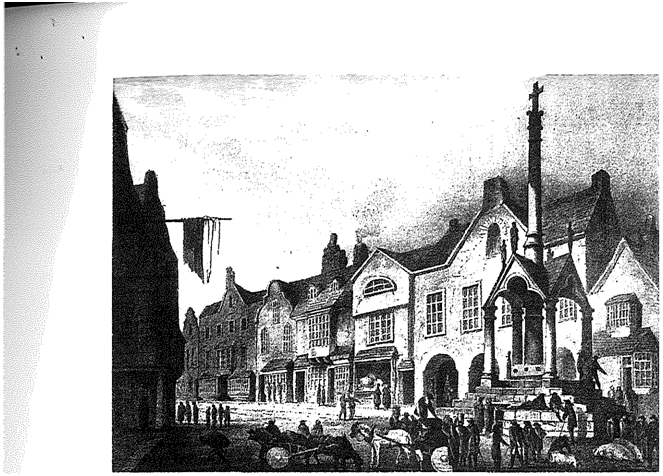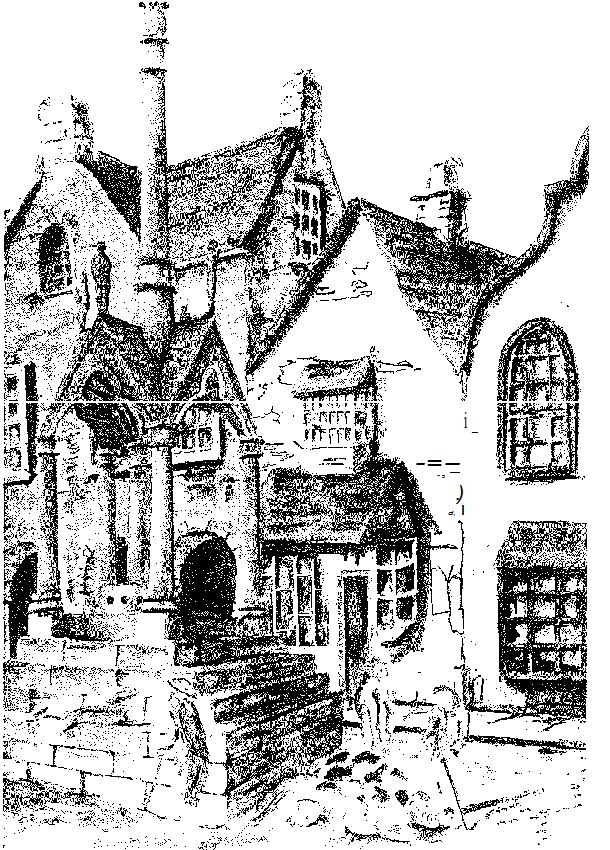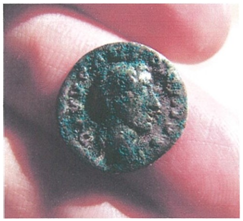Images are available for the now lost, Famous buildings which once graced Kilkenny's Medieval streetscape. Measurements and detailed descriptions are also available for many of these buildings.
Across Europe, citys such as Warsaw and Nuremberg meticulously rebuilt there old town centres and are now world famous tourist attractions.
The following extract from Bassett,s "KILKENNY" ( 1884), shows the dismay felt at the demolition of "Parliament House"in 1861:
In Parliament street, between Grace's Old Castle and the National Bank, is the site of the house in which the Confederate Catholics held their Parliament in I642.
In 1861 the Corporation pulled down the building, in order to have the ground for a grand entrance to the city markets. Of the relics saved from the sacrifice, the most substantial is the pillar of oak at the Kilkenny Archaeological Museum. Regrets have been expressed by Irish-Americans that some notice was not given of the demolition, so that arrangements might be made to have the material shifted to America, and set up in one of the great parks of New York, Philadelphia, or Chicago. The old house underwent many alterations since it rang with the patrio ic fervour of the Confederates, but enough remains of masonry and wood work to make it worth preserving in the manner stated. Parliament house, at the period of the Confederation, was owned by Robert Shee, son of Sir Richard Shee, and it stood in what was down to modern times called the Coal Market. The name was changed to Parliament Sreet, to petually commemorate the events of 1642. Parlianment House was described by Ledwich as having an upper roorn, which served as a place of recess and private consultation by the Lords, and a hall, 49 feet by 47 feet, having a dungeon underneath, 20 feet square, with which there was a communication by means of a trap-door and stone stairs. The hall was used by Lords and Commons."
It is possible to recreate some off Kilkenny's forgotten and lost buildings of former importance. Aesthetically, and With little extra cost. These building were rendered (plastered) so to re-create their facades would simply involve the inclusion of Kilkenny limestone window mouldings, cappings, etc
St. Patricks Gate, Kilkenny, prior to demolition:

Parliament House, demolished 1861:

The Market Cross Kilkenny. Erected 1335 , taken down in 1771, it was to be reconstructed at the parade, however this never came to pass:

The Bull Inn, Irish town ,Vicar street intersection

The Market Cross Kilkenny (watercolour by Dan Lenehan) Erected 1335, taken down 1771:







